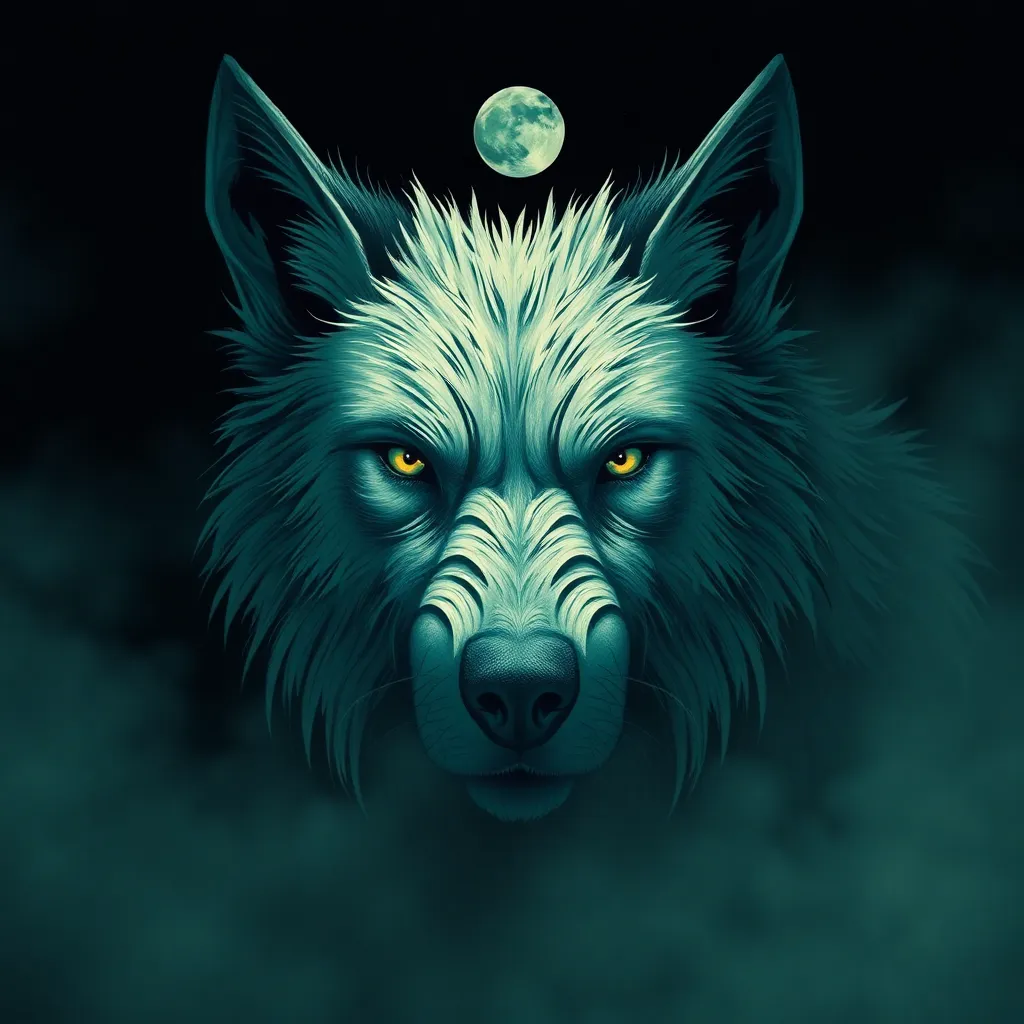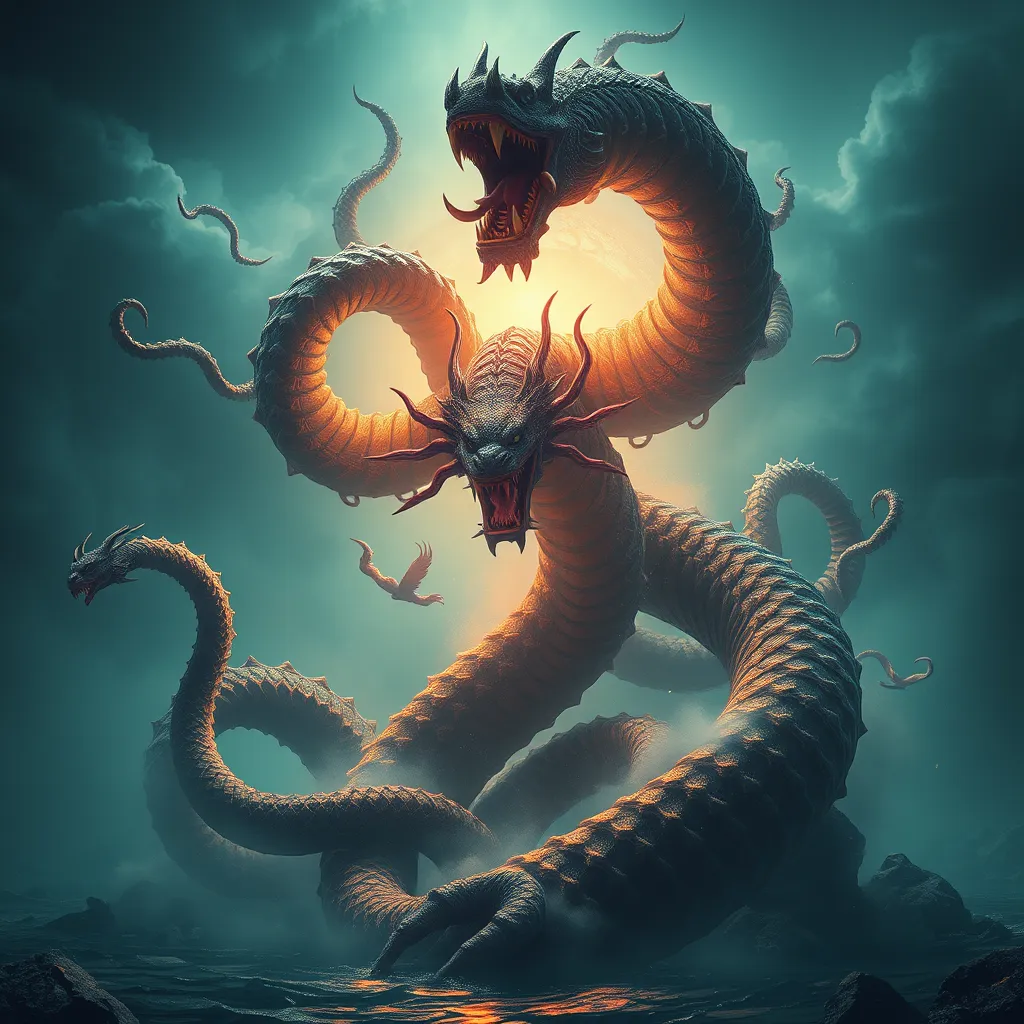The Werewolf Renaissance: A Modern Reimagining of the Lycanthrope in Contemporary Art and Literature
I. Introduction
The werewolf archetype has fascinated humanity for centuries, symbolizing a duality of nature that reflects both the beast and the human within. Traditionally, werewolves are depicted as humans who transform into wolves or wolf-like creatures, often linked to themes of horror, violence, and the supernatural. However, contemporary culture has witnessed a resurgence of werewolf themes, exploring deeper psychological and societal issues.
This article aims to delve into the werewolf renaissance, examining its historical roots, its portrayal in contemporary literature and visual arts, and its significance in popular culture. By doing so, we will uncover how the werewolf has evolved and what it signifies in today’s world.
II. Historical Context of the Werewolf Myth
A. Origins of werewolf legends in folklore
Werewolf legends can be traced back to ancient folklore, with the earliest references appearing in Greek mythology. The tale of Lycaon, who was transformed into a wolf by Zeus, exemplifies the foundational narratives surrounding lycanthropy. In medieval Europe, werewolves were often associated with witchcraft and the supernatural, further embedding them in cultural mythos.
B. Evolution of lycanthrope imagery in classic literature
Classic literature has significantly shaped the werewolf narrative. Works such as “The Wolfman” by Guy Endore and “The Werewolf” by Angela Carter have explored the complexities of the werewolf myth. These stories often reflect societal fears and moral dilemmas, evolving from mere horror stories to nuanced explorations of humanity.
C. Transition from horror to deeper psychological themes
As literature progressed, werewolf narratives began to incorporate psychological themes. The transformation was no longer just a physical change; it became a metaphor for internal struggles, identity crises, and the battle between civilization and primal instincts. This transition paved the way for modern interpretations that resonate with contemporary audiences.
III. The Werewolf in Contemporary Literature
A. Notable modern werewolf novels and authors
Recent years have seen a surge in werewolf-themed literature, with authors like Kelley Armstrong, Stephen King, and Sarah McCarry reinventing the lycanthrope narrative. Notable works include:
- “Bitten” by Kelley Armstrong
- “The Last Werewolf” by Glen Duncan
- “Shiver” by Maggie Stiefvater
B. Themes of identity and transformation in recent works
Modern werewolf literature often emphasizes themes of identity and transformation. Characters grapple with their dual nature, reflecting broader questions of self-acceptance and personal evolution. The struggle between the human and the beast within serves as a powerful metaphor for the human experience.
C. The role of the werewolf as a metaphor for societal issues
The werewolf has evolved into a symbol for various societal issues, such as:
- Repression and the struggle for self-identity
- Alienation and the outsider experience
- The conflict between nature and nurture
This metaphorical richness allows contemporary authors to explore complex themes in an engaging and relatable manner.
IV. The Werewolf in Visual Arts
A. Examination of contemporary artists exploring lycanthropy
Contemporary artists have embraced the werewolf motif, using it to explore themes of transformation and identity. Artists like Elizabeth McGrath and Jonathan Wayshak create works that challenge traditional depictions of werewolves, incorporating elements of surrealism and fantasy.
B. Analysis of visual motifs and symbolism in werewolf artworks
Visual representations of werewolves often utilize symbolism to convey deeper meanings. Common motifs include:
- The moon, representing transformation and the duality of human nature
- Nature, symbolizing the primal instincts that lie within
- Shadows and darkness, reflecting the fear of the unknown
C. The impact of digital media on werewolf representations
Digital media has revolutionized the way werewolves are portrayed in art. From graphic novels to digital illustrations, artists can reach wider audiences and explore the lycanthrope myth in innovative ways. This democratization of art has allowed for diverse interpretations and a richer dialogue surrounding the werewolf narrative.
V. The Intersection of Werewolves and Popular Culture
A. Representation of werewolves in film and television
Werewolves have found a prominent place in film and television, with series like “Teen Wolf” and movies such as “The Howling” and “An American Werewolf in London” showcasing varied interpretations of the myth. These adaptations often blend horror, comedy, and drama, appealing to diverse audiences.
B. Comparison to other supernatural beings in modern narratives
In contemporary narratives, werewolves are often compared to other supernatural beings, such as vampires and zombies. However, unlike vampires, who often represent seduction and immortality, werewolves symbolize the struggle between humanity and primal instincts. This unique position allows for distinct storytelling opportunities.
C. The influence of fandom and community interpretations
The werewolf myth has cultivated a vibrant community of fans who engage with the narrative through fan fiction, cosplay, and online discussions. This participatory culture allows for personal interpretations and adaptations, further enriching the werewolf renaissance.
VI. Psychological Interpretations of the Werewolf Myth
A. The werewolf as a symbol of repressed desires and instincts
Psychologically, the werewolf represents repressed desires and instincts. The transformation into a beast often serves as a metaphor for embracing one’s true self, breaking free from societal constraints. This duality can resonate with individuals grappling with their identity or societal expectations.
B. Lycanthropy as a manifestation of mental health themes
Lycanthropy has also been explored as a manifestation of mental health themes, particularly in relation to dissociative disorders and trauma. The struggle of a character to control their transformation can mirror real-life battles with mental health, adding depth to the narrative.
C. Insights from psychology and folklore studies
Studies in psychology and folklore have provided insights into the enduring appeal of the werewolf myth. By understanding the psychological underpinnings and cultural significance of these legends, we can appreciate their relevance in contemporary society.
VII. Global Perspectives on the Werewolf Renaissance
A. Variations of werewolf myths in different cultures
Werewolf myths exist in various cultures worldwide, each offering unique interpretations. For instance, in African folklore, the werehyena represents cunning and transformation, while in Asia, there are legends of were-tigers. These diverse narratives contribute to the global tapestry of werewolf mythology.
B. How international literature and art contribute to the renaissance
International literature and art play a crucial role in the werewolf renaissance, introducing new perspectives and cultural nuances. Authors from different backgrounds, such as Mexican writer Mariana Enriquez, incorporate local folklore and contemporary issues, enriching the werewolf narrative.
C. Cross-cultural themes and reinterpretations of lycanthropy
Cross-cultural themes often highlight the universal struggle with identity, transformation, and societal norms. These reinterpretations allow for a broader understanding of the werewolf myth and its significance across different cultural contexts.
VIII. Conclusion
The werewolf has undergone a remarkable evolution in modern art and literature, transforming from a figure of horror to a complex symbol of identity and societal issues. Its enduring appeal lies in its ability to resonate with fundamental human experiences, reflecting our struggles with self-acceptance, repression, and transformation.
As we look to the future, the werewolf narrative is likely to continue evolving, embracing new themes and interpretations that reflect our changing cultural landscape. The werewolf renaissance is not just a revival of an old myth; it is a testament to the enduring power of storytelling and the human experience.




